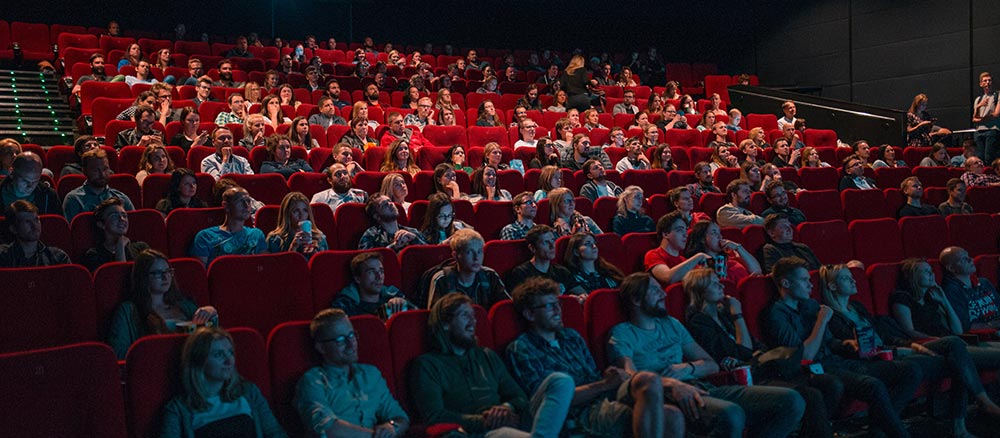
The Art of the Movie Poster: From Drew Struzan to Minimalism
In the age of digital media and streaming, one might question the relevance of the movie poster. However, to many cinephiles, filmmakers, and designers alike, the art of the movie poster remains an essential element of the film experience. Its function has expanded beyond mere advertising to become a standalone piece of art that can encapsulate the essence of a film in a single image. From iconic artists like Drew Struzan to modern minimalist designs, the evolution of the movie poster mirrors changes in both visual culture and the film industry itself.
The Golden Era: Drew Struzan and Beyond
Drew Struzan is often cited as one of the most significant figures in the world of movie posters. With a career spanning over four decades, Struzan created some of the most iconic posters ever, including those for "Star Wars," "Indiana Jones," and "Back to the Future." His detailed, hand-painted illustrations capture not just the likeness of the actors but also the soul and energy of the movies themselves. Struzan’s work set the standard for what a movie poster could achieve, turning them into collectibles and even influencing the course of graphic design.
The Digital Shift
As technology advanced, the art of the movie poster transitioned from hand-painted illustrations to digital designs. This shift had both pros and cons. On the one hand, digital technology allowed for quicker revisions and edits, which were especially beneficial in the fast-paced world of film marketing. On the other hand, the transition also led to a lack of the personal touch and intricate details that came with hand-painted posters.
The Rise of Minimalism
In the past decade, minimalist designs have taken the movie poster world by storm. Distilling a film's essence into the simplest visual elements—be it an object, a silhouette, or even a color—minimalist posters often challenge viewers to consider a movie’s themes in a new light. Examples like the red balloon for "It" or the pixelated face for "The Social Network" demonstrate how a straightforward image can make a powerful statement.
The Impact of Social Media
The role of the movie poster has been significantly impacted by the rise of social media. Platforms like Instagram and Twitter have turned posters into shareable content, influencing their design to be more eye-catching and 'likeable.' The bite-sized nature of social media platforms often favors bold, simplistic designs that can be easily digested in a scroll, further fueling the trend towards minimalism.
The Future of Movie Posters
While the methods and styles may change, the art of the movie poster is far from becoming obsolete. With the rise of fan art and online communities, there’s a new generation of artists who are putting their unique spins on movie poster design. Whether it's a nostalgic throwback to the golden era or an avant-garde experiment, the movie poster remains a crucial part of our filmic landscape.
The movie poster has evolved from a mere advertising tool to a standalone art form. Whether you're drawn to the intricate illustrations of Drew Struzan or the sleek lines of modern minimalism, the power of a great movie poster remains undeniable. As we look forward, it's exciting to consider how this medium will continue to reflect the changing tides of film culture and visual design.
In a world where we are bombarded with endless streams of digital images, the movie poster stands as a testament to the enduring power of a single, compelling visual to capture our imaginations and draw us into the world of a film. And in that sense, it remains as relevant as ever.